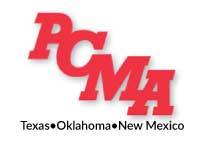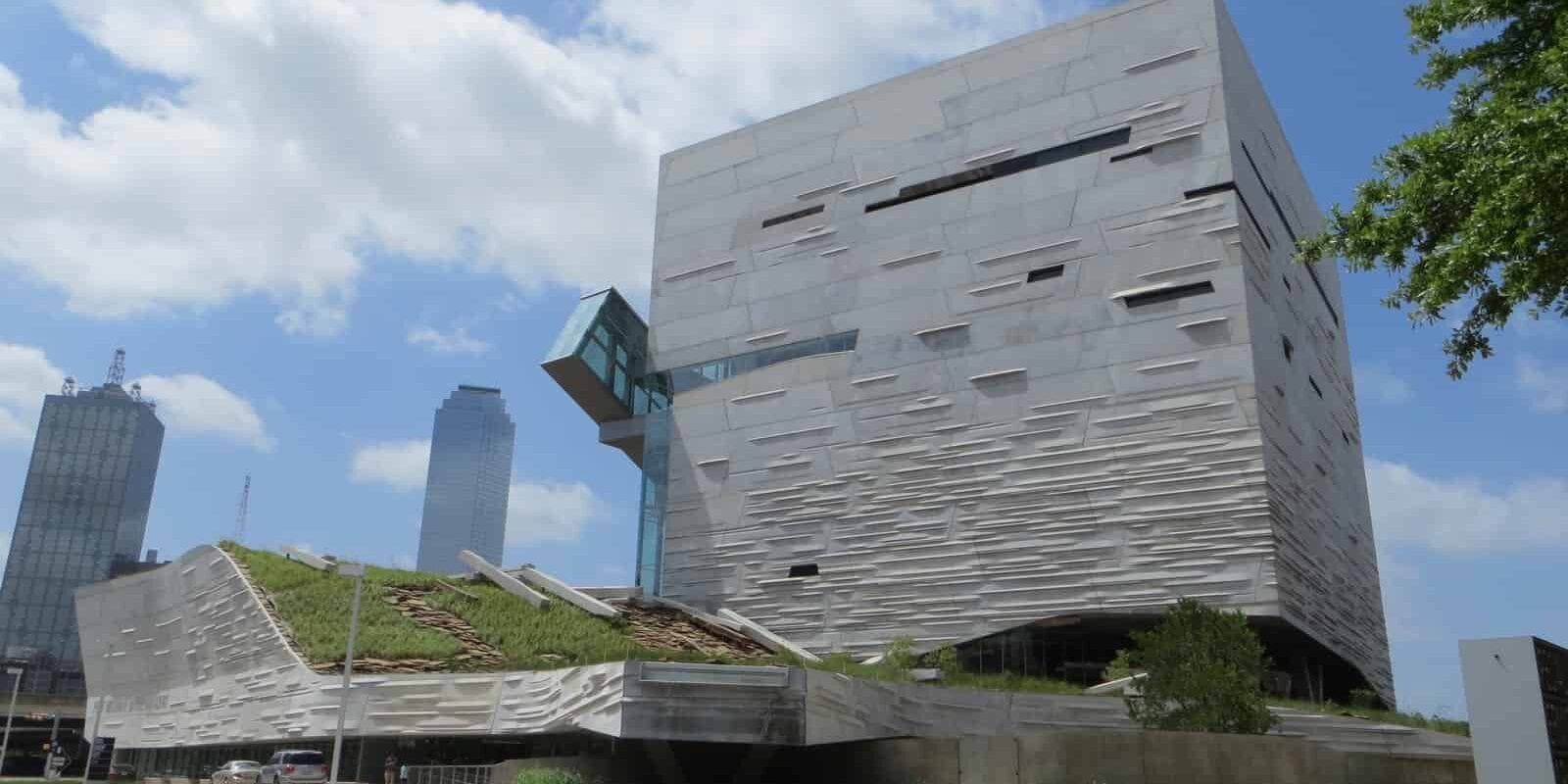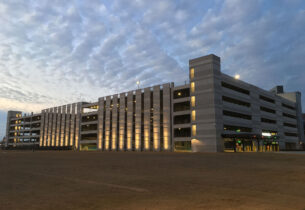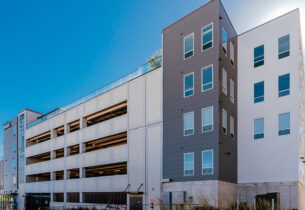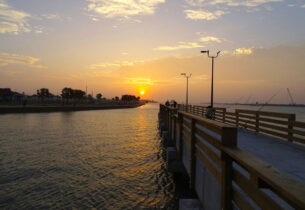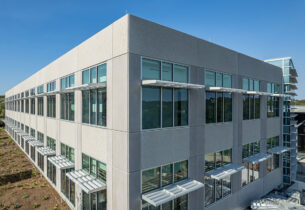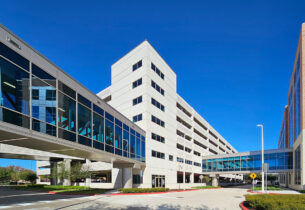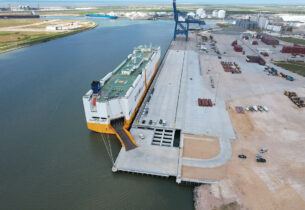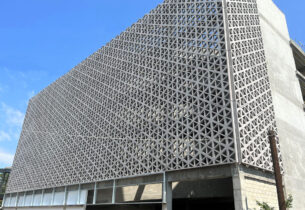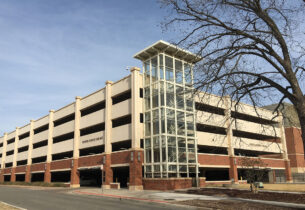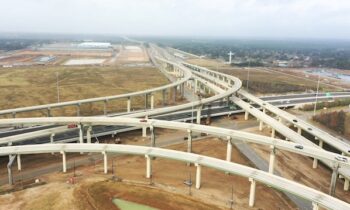Best Architectural Project
The Perot Museum of Nature & Science in Dallas, Texas is designed to engage a broad audience, invigorate young minds, and inspire wonder and curiosity in the daily lives of its visitors.
All in all, the Perot Museum of Nature and Science project was divided into three unique areas: the tower, the atrium, and the plinth. Firstly, beginning with the largest portion, known as the “tower” or “cube”, consists of 70,000 square feet of precast concrete. Moreover, The tower panels averaged 8’ tall by 28’ long with alternating 20-degree sloped end and Gate Precast had only 16 basic-shaped molds. Despite this, Gate Precast was able to achieve the desired non-repetitive look on the 350-piece tower by changing the location of the rubber modules from panel to panel. As a result, the precast concrete façade reflected the geology and stratification of the earth’s surface through the creation of undulating forms.
Next, the “plinth” and “Atrium” consists of 320 highly complicated, canted, and curved panels. In fact, 90 percent of the panels have a varying radius that are either concave or convex. Incidentally, the curved precast panels created another challenge—building formwork in multiple axes. In order to overcome this challenge, the precaster’s engineering department created a series of geometric points and calculations for its carpenters, who built the formwork by hand without any CNC equipment.
In the end, though there were design challenges at every point along the way, this difficult, yet exciting project pushed precast concrete production to a new level.
- Precaster – Gate Precast Co. – Hillsboro, TX
- Architect – Morphosis – Culver City, CA
- Engineer of Record – Datum Engineers, Inc. – Dallas, TX
- General Contractor – Balfour Beatty Construction – Dallas, TX
- Precast Specialty Engineer – Gate Precast Co. – Hillsboro, TX
